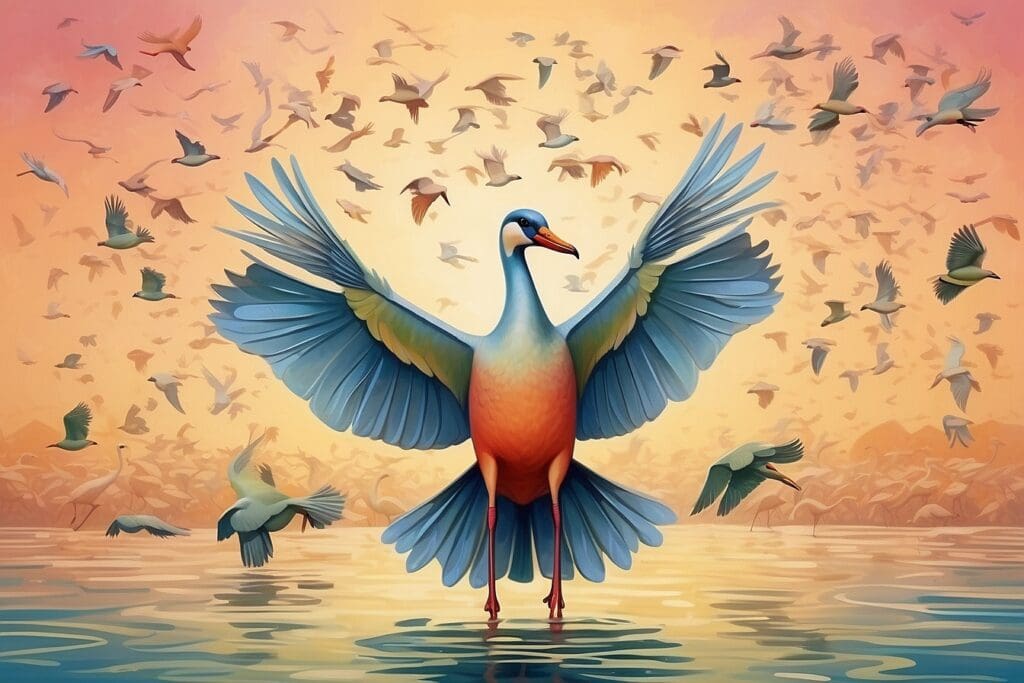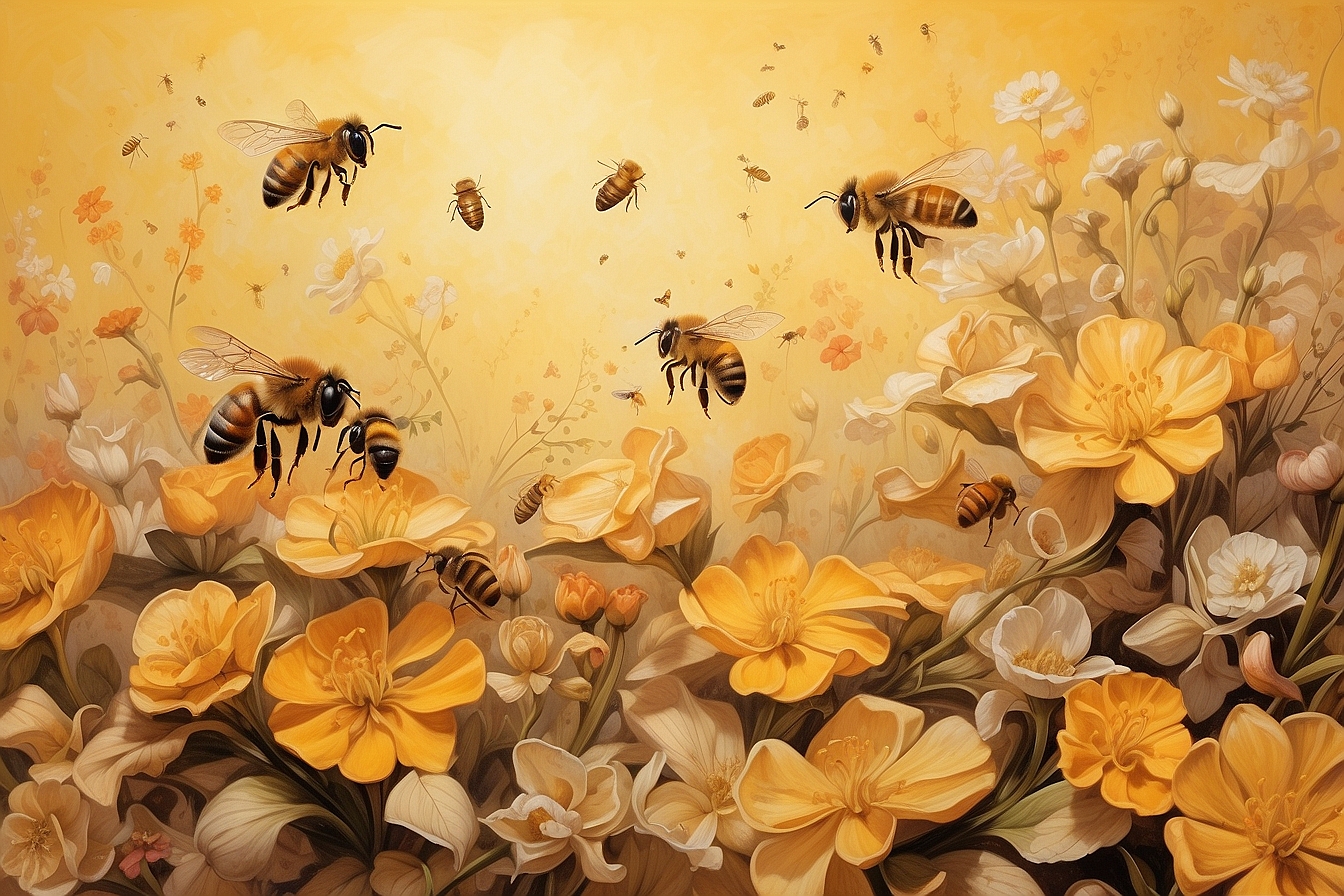Millions of birds make the journey from the Gulf of Mexico up to Canada every year. In the spring, migratory birds fly north to the lakes and forests of Canada to nest and reproduce, then fly south in the fall to escape freezing temperatures. Why make this arduous journey every year? As many Canadians will tell you, summers in Canada are juuust right. This is especially true if you are a bird. Birds that migrate north can enjoy an abundance of food, longer daylight hours, and increased breeding space.1 Migratory patterns have evolved over thousands of years of climatic change to the point where it is now instinctive for many species to fly along the same well established, food-rich paths called “flyways.”2
Unfortunately, many of Canada’s migratory birds are failing to make the journey, in large part due to land use changes and global warming .
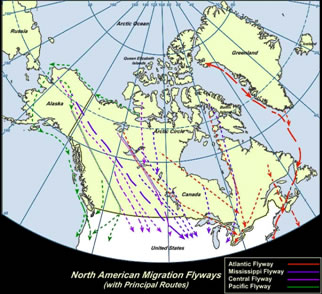 3
3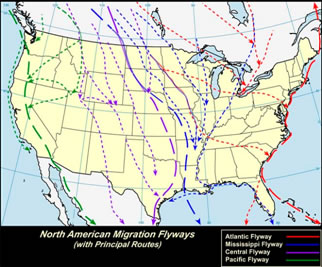
The State of Canada’s Birds
In May of 2012 the North American Bird Conservation Initiative Canada released a comprehensive report on the state of Canada’s birds. Overall, there has been a 12% drop in bird populations since 1970. Although some species have remained stable over the last four decades, 44% of Canada’s approximately 450 bird species have decreased. Sixty-six of these species have decreased so dramatically that they are now considered to be endangered .4
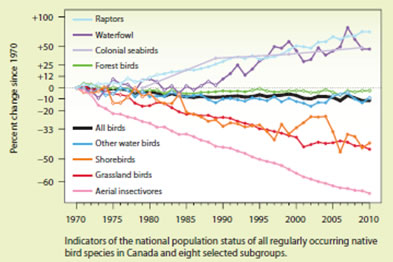 5
5
The most endangered birds include:6
- The spotted owl, whose numbers have dropped to a mere “handful.”
- The burrowing owl.
- The whooping crane, which now number over 430, up from a low of 15 in the year 1938.
- The great sage grouse, with fewer than 100 males, down from thousands 20 years ago.
Charles Francis, chair of the expert panel that penned the report says that these declines “appear to be largely due to lost habitat — breeding and wintering habitats.”7
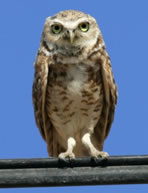
The endangered burrowing owl.8
Climate Change Impact on Bird Populations
In addition to habitat loss, researchers believe that climate change is a major culprit in the bird decline. Birds known as aerial insectivores — including species of barn swallows, chimney swifts and flycatchers—have experienced a 64% overall decline in numbers. Although researchers can’t say for sure what is at the root of the decline, they suspect that changing insect patterns might be a major culprit. “A lot of our concerns around them are what are the insect populations are doing…One of the theories is that longdistance migrants evolved to arrive back in Canada at a certain time of year, and insect populations may still be healthy but they are peaking earlier in the year because of climate change,” said Dick Cannings, senior project manager for Bird Studies Canada.9 It’s possible that birds are out of sync with their prey, and are therefore having trouble feeding their young.10
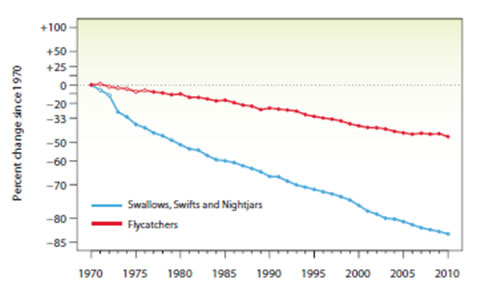 11
11
Migration of these birds is most likely linked to day length (like deciduous trees).12 In contrast, their food sources (plants, insects, etc.) are often driven by temperature.13 As climate change progresses and spring arrives earlier, the overlap of the migration routes and food sources will shrink. Experts estimate that 30% of North American Neotropical songbirds could go extinct with a change in global average temperatures of more than 1.5-2.5 degrees Celsius.14
In addition to decreases in certain bird populations, it is also likely that many birds will stay put rather than migrate. Mike Burrell, the Ontario regional editor for eBird (a citizen science website which collects bird checklists), reported in March that while “[t]he songs of the robin, house wren and barn swallow aren’t normally heard until much later in the year… those sounds are already filling the March air in some areas of Canada. The robins started arriving shortly after Groundhog Day and in some cases didn’t even bother flying south this winter.”15
Worldwide, approximately 70% of the world’s migratory birds are shifting migratory patterns. One of Spain’s leading ornithologists at the country’s Higher Council for Scientific Research has found that “[l]ong-distance migrators are travelling shorter distances, shorter-distance migrators are becoming sedentary.” He went on to explain that this change in migratory patterns “has a knock-on effect on almost everything they do, from breeding habits to feeding habits to their genetic diversity, which in turn affects other organisms in their food chain. It’s a huge behavioural change, forced on them by rising temperatures.”16
The Take-Away

Sure, birds are beautiful, but why should we care about this decline in birds? Well… just think of the old saying “canary in the coal mine.” Birds have often been the indicator that things were not quite right in the world. In the 1970s, the harms of DDT were first and most drastically seen in bird species. Like birds, we too are susceptible to temperature and food pattern changes. Perhaps it’s time to take a hint from our feathered friends.

